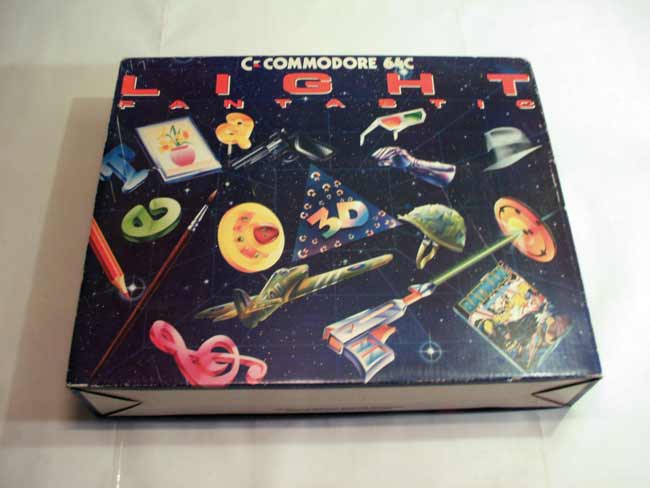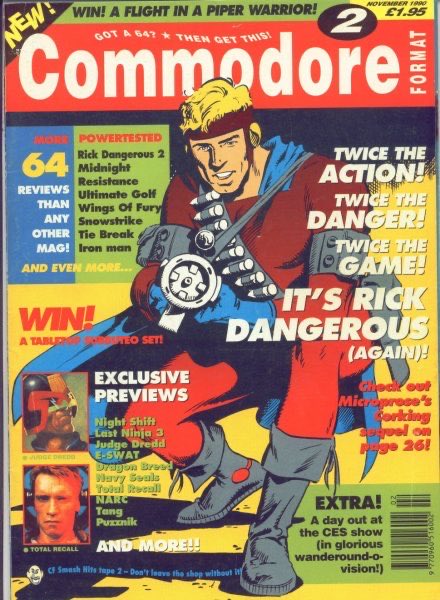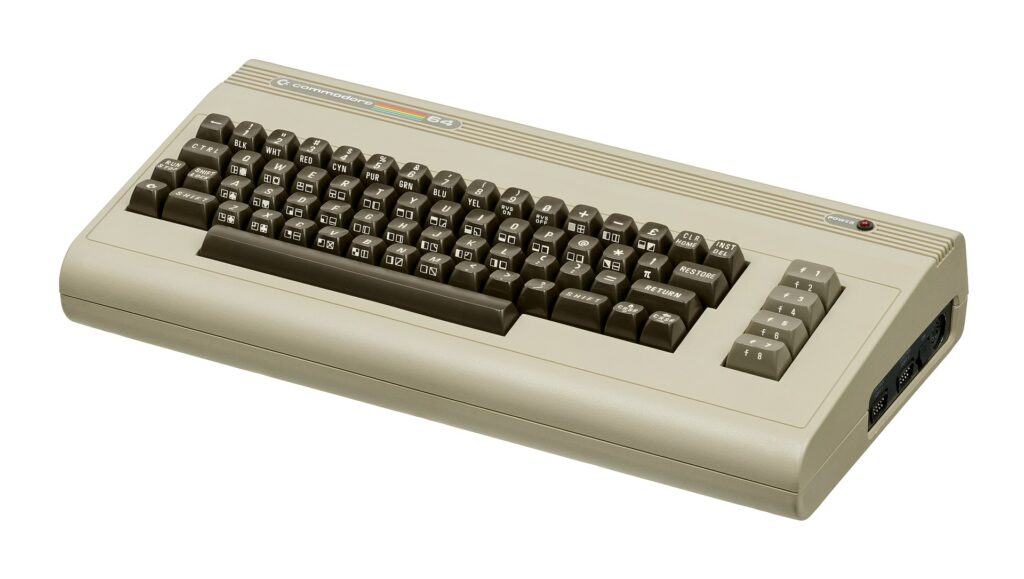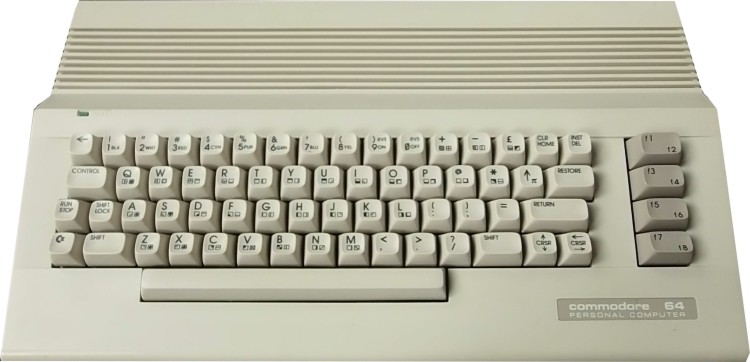
The Commodore 64 – a personal history
Something I wasn’t aware of at the time was that I was very much behind the curve when it came to my childhood computers. The Commodore VIC-20, my first machine, which I would guess I got my hands on around 1986/1987, was launched in 1980, a year before I was born. The VIC-20 made quite a splash on release for many reasons, not least of which was affordability, but it was already out of date by 1982 when it’s successor, the famous Commodore 64, was launched. The history of the C64 is rather interesting and I won’t go into too many details here, but in a nutshell the bosses at Commodore wanted to launch a console, to compete with the massive selling games machines of the time such as the Atari 2600. The designers of the 64 however wanted to build a proper computer, with the keyboard and all the functionality that implies. So that is the path they went down. Eventually the bosses had a change of heart and asked if the design could be modified from a games console into a computer. The designers sucked their teeth and shook their heads but eventually conceded that might be possible. As indeed it was, because that was what they were designing all along. Ironically the last model of the Commodore 64 to be released was the 64GS, or Games System, essentially a C64 short board inside a games console form factor. The intention here was to compete with the new 8-bit consoles like the Nintendo Entertainment System, but it flopped an the C64 was discontinued soon after in favour of Commodore’s Amiga line.
Unlike my second-hand VIC-20, I can date the arrival of a C64 into our home quite precisely as we bought it from new and I know it was a ‘Light Fantastic’ pack, which was launched for the 1989 Christmas market Even more precisely, I remember buying issue 2 of ‘Commodore Format’ magazine, which was released November 1990.

As an aside, I was a religious reader of Commodore Format, and ended up back ordering issue 1 to complete my collection. Issue 1 of CF had the launch of the C64GS as its cover story, which illustrates what a late adopter I was. The C64 was an incredibly mature machine by then, and soon Commdore would be looking to cease production of 8-bit machines entirely. Strong sales in Europe meant that Commodore couldn’t kill the thing off though. In March 1994 Commodore announced that they would soon be discontinuing production of the 64. A month later, they filed for bankruptcy. According to wikipedia, 12.5 million C64s had been sold worldwide, and even today it is the fourth most popular computing platform of all time. In 1990 even the Amiga 500 was a three year old machine, and I clearly remember the salesman trying to up sell us to this newer, flashier device. I’m glad he didn’t succeed, I would have been sad to have missed out on this generation of computing history.

The first C64’s had a form factor almost identical to the VIC-20, in the so-called ‘breadbin’ case. By 1986 the 64 on sale was the so-called C64C, which had a more modern look remiscent of other more recent Commodore machines such as the 128 and the Amiga 500. The Light Fantastic pack included a tape datacassette drive, a selection of games and utilities and (excitingly!) a light gun. There was a clear divide between 64 owners on either side of the Atlantic. In Europe the majority of owners loaded programmes via tape cassette. Our richer American cousins almost universally used the superior, but more expensive, floppy disk option.

Despite being a real computer, the C64 was at it’s heart a games machine. It had great graphics and famously excellent sound for an 8-bit machine of its time. The other popular option for British 8-bit computer users was the Sinclair Spectrum, and while that machine has a special place in British culture, the C64 made it’s rubber keyboard and monochrome screen look a bit weak. The overwhelming popularity of the C64 meant that everything imaginable was ported to it, so the games library includes some great arcade conversions, and some of my favourite C64 games are titles which are generally associated with other platforms.I took my first real forays into programming on that machine, and I put a lot of hours into Sensible Software’s ‘Shoot ’em up Construction Kit’, making my own simple games.
The Commodore 64 was a special machine, and I spent a lot of time with it at an important time in my life. It very much sent me on the path I am on today.